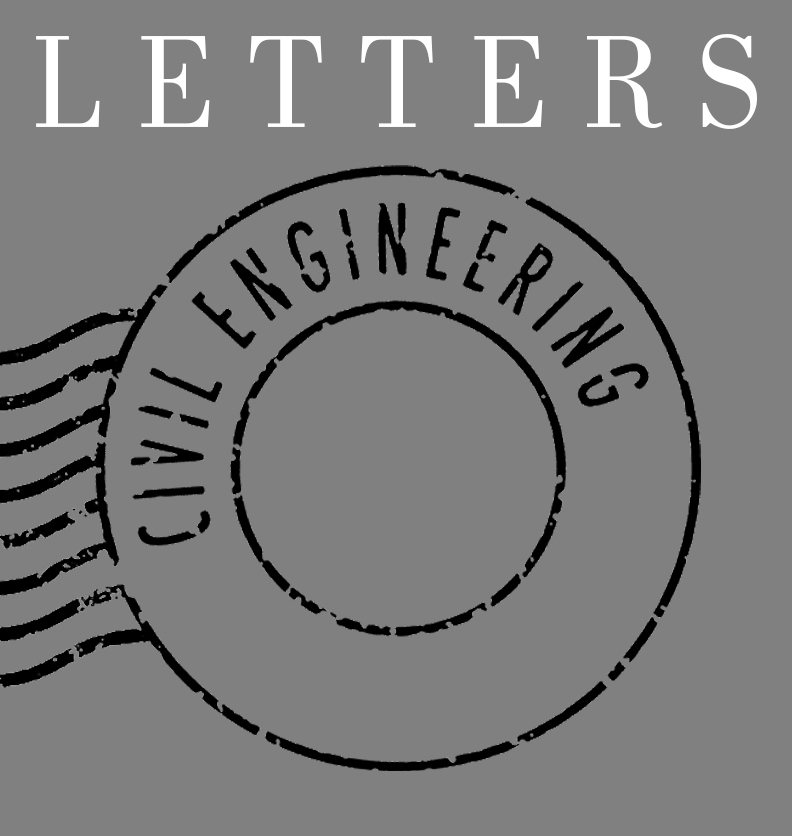
What Is Truly Sustainable?
I was so disappointed to compare the remarks of the President’s Note in the April issue (“Lead the Way to a Sustainable Future,” page 8) with the news article in the same issue about a mixed-use tower containing 50 luxury residential units (“‘Paleo-Futuristic’ Design to be Built in Quebec, Canada,” page 25). I hope I am not the only reader to see the irony and hypocrisy involved there.
A family living in one of the 8,000 sq ft luxury units on the 40th floor of such a tower can commute on one of the limited number of access roads or even by helicopter. And if their conscience might bother them a bit about the sustainability of their lifestyle, they can take comfort that any excess food grown in the on-site greenhouse will be “redistributed” to a local charity.
I worked for 38 years, never with adequate funding, designing and building local roads and bridges, often simply trying to increase the capacity from one to two lanes. I cannot agree with President (Kancheepuram N.) Gunalan’s remark that “more concrete and steel is not the solution to address congestion.” They certainly cannot be the only solution, but they still must remain part of the solution.
ASCE seems to be saying that it is perfectly acceptable for 50 wealthy families to helicopter to their luxury apartments, built with many “sustainable” features, deep within the Quebec forest. But the rest of us, who pay the highway taxes for using the highways, should not expect our governments to spend our taxes to build any increased capacity for us, because that is not sustainable or responsible.
David R. Lynd, P.E., L.S., M.ASCE (retired), Kitts Hill, Ohio
Common Sense Should Dictate
I am writing about the article “Final Rule Continues Efforts to Rescind Federal Protection for Certain Streams, Wetlands” (March 2020, pages 12-13). The proposed final rule does not rescind anything. It does bring the issue back to the intent of the 2006 U.S. Supreme Court ruling to apply the Clean Water Act to waters that are normally considered navigable, as stated by Justice Antonin Scalia in writing for the majority.
Justice Anthony Kennedy, in writing for the minority, stated that if there is a “nexus” or “affect” of an activity anywhere in a watershed to a receiving water body downstream, then regulatory agencies would have jurisdiction. In effect, that means that every square inch of the United States would fall under the reach of regulatory agencies.
These agencies then went on to implement rules that were leading toward that eventuality. In other words, they were implementing the minority opinion instead of the majority. So, in my opinion, there is no rescission with the 2020 proposed rule, only a return to the application of common sense to the issue and the proper application of the Supreme Court decision.
I do believe there is a problem with the definition of “navigable waters” as “waters of the United States,” but that should be fixed eventually. In the meantime, common sense dictates that “navigable waters” means only those that are navigable … by boats without regard to time of year or depth of water.
Bradford S. Price , P.E., F.ASCE, Buena Vista, Virginia
This department first appeared in the October 2020 issue of Civil Engineering.

